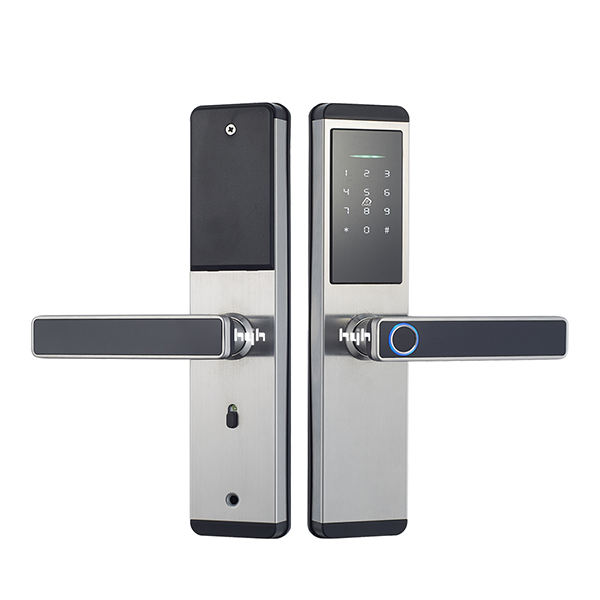Unlocking Assurance: Understanding the Key Override Feature in Smart Door Locks
2023-11-16
Introduction:
In the ever-advancing landscape of home security, Smart Door Locks have revolutionized the way we safeguard our homes. A pivotal feature in many of these sophisticated locks is the key override mechanism, offering homeowners a tangible and familiar backup in the face of technological contingencies. In this blog, we explore the key override feature in smart door locks and delve into how the physical key is managed to ensure the utmost security.
Key Override Feature: A Familiar Backstop:
1. Emergency Access:
The key override feature in smart door locks serves as an emergency access method, providing homeowners with a traditional and fail-safe way to unlock their doors. In situations where electronic or biometric methods may be compromised, the physical key ensures a reliable means of entry.
2. Convenience in Power Outages:
During power outages or if the electronic components of the smart lock fail, the key override becomes an invaluable tool. It allows homeowners to maintain control over access to their homes, ensuring that security is not compromised even in adverse conditions.
Managing the Physical Key for Security:
1. Secure Key Storage:
Smart door lock manufacturers recognize the importance of securing the physical key itself. The key is typically stored securely within the lock mechanism or a concealed compartment, protecting it from unauthorized access or tampering.
2. Limited Accessibility:
Access to the physical key is restricted to the homeowner or authorized individuals. Smart locks are designed with mechanisms to prevent easy removal or duplication of the key, ensuring that only those with legitimate access can use it.
3. Key Tracking and Alerts:
Some advanced smart lock systems incorporate key tracking features. Homeowners can receive alerts or notifications when the physical key is used, providing an additional layer of security and oversight. This feature allows for real-time monitoring of access, even when the traditional key is employed.
4. Biometric Confirmation:
In certain smart lock models, the use of the physical key may require additional biometric confirmation, such as a fingerprint scan, to further enhance security. This two-step verification process ensures that the person using the key is indeed an authorized user.
5. Secure Key Management Apps:
Some smart locks come equipped with companion mobile apps that allow homeowners to manage the physical key digitally. This includes features like remote locking and unlocking, as well as the ability to digitally share virtual keys with trusted individuals, enhancing overall security.
Conclusion:
The key override feature in smart door locks bridges the gap between traditional and modern security measures, offering homeowners a reassuring fallback in case of contingencies. The management of the physical key is intricately designed to prioritize security, with features like secure storage, limited accessibility, and additional biometric confirmations. As smart lock technology continues to evolve, the integration of these features ensures that the transition to more advanced security measures remains seamless and reliable, providing homeowners with peace of mind in an increasingly connected world.



